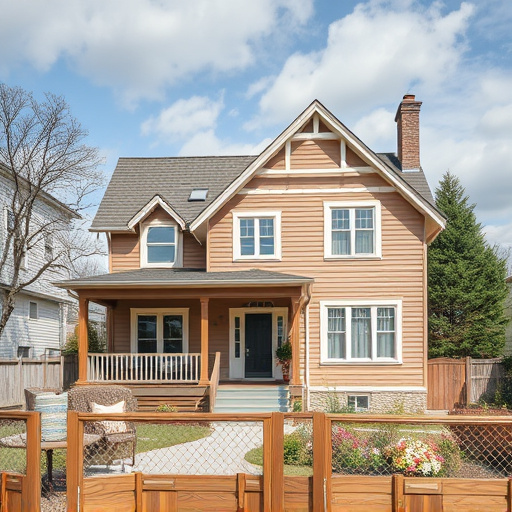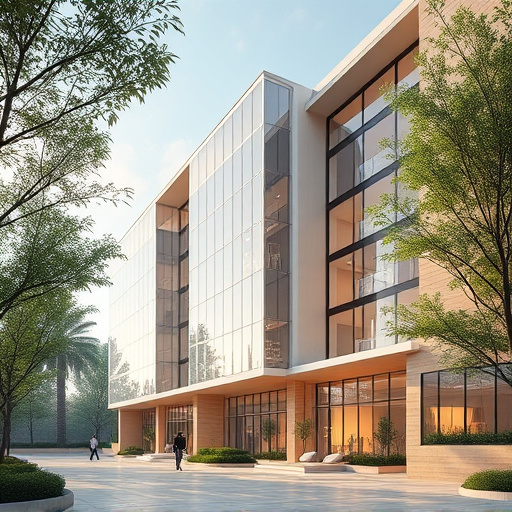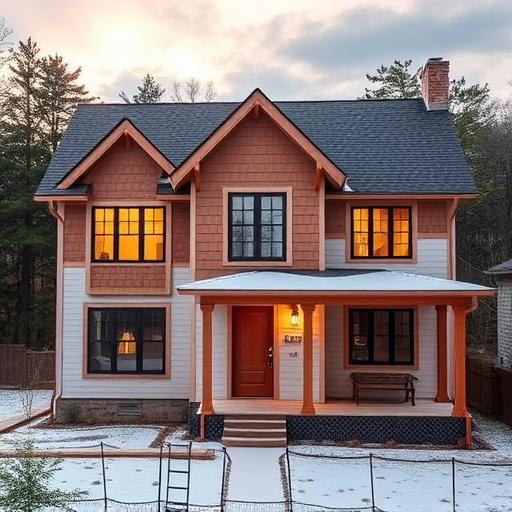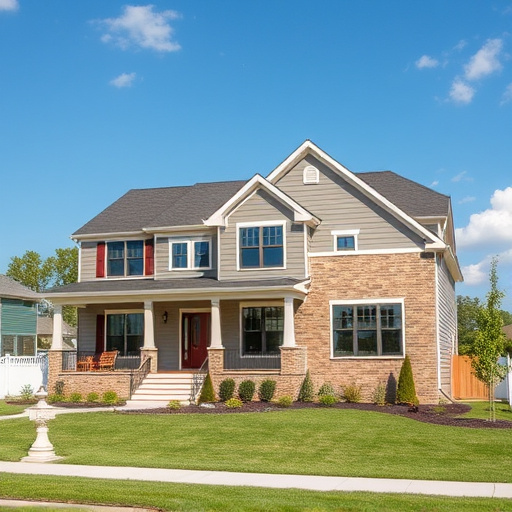Strategic planning is crucial in construction design, guiding architects and contractors to manage budgets, timelines, resources, and risks effectively. In residential renovations, initial design phases define flow, aesthetics, and functionality, impacting client satisfaction. Collaboration and open communication among diverse experts ensure seamless integration of aesthetics and functionality, resolving challenges swiftly during complex tasks like floor replacements or space reconfiguration.
In the competitive realm of project management, a robust foundation is key to success. This article explores how strategic construction design serves as the bedrock for outstanding projects. From meticulous planning that anticipates challenges to the visual articulation of future spaces, effective design processes transform ideas into tangible outcomes. Moreover, it delves into the power of collaboration and communication among diverse teams, ultimately ensuring construction excellence through unified efforts and seamless integration.
- Strategic Planning: Laying the Groundwork for Success
- Visualizing the Future: Design's Impact on Project Outcomes
- Collaboration and Communication: Uniting Teams for Construction Excellence
Strategic Planning: Laying the Groundwork for Success

Strategic planning is a cornerstone in any construction project, serving as the foundational layer for success. It involves meticulous analysis and thoughtful decision-making to ensure that every aspect of the project aligns with clearly defined goals. A well-conceived strategic plan encompasses various elements, including budgeting, timelines, resource allocation, and risk management. By meticulously outlining these factors, construction design professionals can create a roadmap that guides the entire team, from architects to contractors, towards achieving a common vision.
This proactive approach is particularly crucial in home remodeling or residential renovations where clients have specific expectations. A solid strategic plan helps in managing client aspirations, ensuring that the final product not only meets but exceeds their requirements. It also facilitates efficient project execution, allowing for seamless transitions between design, construction, and completion phases, ultimately contributing to a successful outcome.
Visualizing the Future: Design's Impact on Project Outcomes

In the realm of construction, construction design serves as a foundational stone for project success. It’s not merely about drawing plans; it’s about visualizing and shaping the future of a space. A well-conceived design translates into a project that meets or exceeds client expectations, adheres to budget constraints, and navigates regulatory hurdles with ease. When considering residential renovations or kitchen remodel, the initial design phase is pivotal as it dictates the flow, aesthetics, and functionality of the final product.
The impact of construction design extends far beyond blueprints and 3D models. It influences how future occupants will interact with the space, shaping their experiences and memories. Whether it’s a home renovation project or a large-scale development, the design sets the stage for both the builder and the end-user. A thoughtful design can enhance efficiency, incorporate innovative solutions, and ensure sustainability, ultimately leading to better outcomes and lasting satisfaction.
Collaboration and Communication: Uniting Teams for Construction Excellence

In the realm of construction, collaboration and communication are the unsung heroes that set the foundation for project success. When teams work in harmony, integrating various expertise and perspectives, the outcome is a harmonious blend of aesthetics and functionality. This synergy ensures every decision, from structural design to choosing the right materials, aligns with the project’s vision and goals. Effective communication bridges the gap between architects, engineers, contractors, and clients, fostering a shared understanding that translates into seamless execution.
A well-oiled construction machine relies on open dialogue to navigate complexities, especially during floor replacements or reconfiguring functional spaces. Teams that communicate seamlessly can swiftly address challenges, adapt to changes, and deliver exceptional home improvement services. Collaboration becomes the cornerstone of excellence, where each member contributes their unique insights, fostering innovation and ensuring the final product meets—and often exceeds—expectations.
In conclusion, strategic planning, visionary design, and seamless collaboration are the cornerstones of any successful construction project. By prioritizing these key aspects, from initial conceptualization to final execution, construction design sets the foundation for excellence. Embracing innovative ideas and fostering open communication ensure projects not only meet but exceed expectations, creating lasting legacies that define modern construction.














